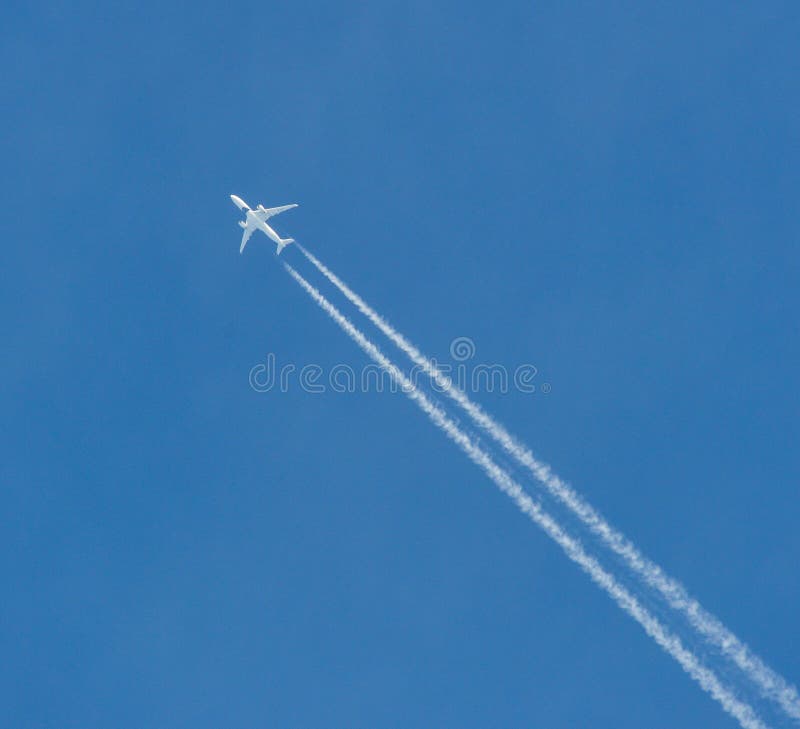Table Of Content
- Airplane armrest etiquette: Why the middle seat should win out Cruising Altitude
- What are my available altitudes?
- Cruise Performance Charts
- Why don’t small private planes or helicopters fly at the same height?
- Measuring Speed: Mach and Miles Per Hour
- Can a private jet fly across the Pacific?
- Understanding Speed of Aircraft: From Takeoff to Cruising Altitude
- What is the speed of a typical commercial aircraft?

On long-haul flights, the pilot may ask air traffic control to climb from one flight level to a higher one, in a manoeuvre known as a step climb. For flights across the Atlantic, routes are calculated by oceanic controllers in Gander, Newfoundland, and Prestwick, Scotland, twice per day. There, traffic flows depart Europe mostly in the late morning and afternoon, arriving in the US at a local time also in the late morning or afternoon thanks to the time zone difference. The planes then turn around and depart the US in the late afternoon and evening, arriving in Europe in the morning the next day. Most of the planes are heading the same way, separated by five minutes in the air. Controllers and airlines make use of the winds aloft to benefit from a tailwind and minimize substantial headwinds, knowing that the powerful jetstream winds blow at altitude always west to east.
Airplane armrest etiquette: Why the middle seat should win out Cruising Altitude
I now make the claim that the function above depends strongly on the coefficient of lift, and only very weakly on advance ratio. To show this, again using the performance chart provided by Cessna, I plot the advance ratio as a function of coefficient of lift (see Figure 2). Where is the zero lift drag coefficient, is a constant and represents the lift dependent drag. Sometimes people (incorrectly) refer to the first part as the “profile drag” and the second part as the “induced drag” or “vortex drag.” This heuristic is overly simplistic. Furthermore, in addition to the constant and quadratic terms, a more refined model contains a linear term. In any event, the coefficient of drag is very nearly a function of the coefficient of lift, i.e., .
What are my available altitudes?
Inspections of Boeing 737-9 Max jetliners could take days as NTSB begins investigation - NBC Connecticut
Inspections of Boeing 737-9 Max jetliners could take days as NTSB begins investigation.
Posted: Sat, 06 Jan 2024 08:00:00 GMT [source]
The Thunder Gull 2000 is a cantilevered, ultralight aircraft made by Earthstar Aircraft in California. It is comparable to other ultralights, such as the Kolb Firestar, Aeromarine Merlin, Aero‑Works Aerolite 103, Pterodactyl Ascender, and others. Powered by a single-cylinder, two-stroke engine—The Zanzottera MZ 34—the Thunder Gull 2000’s service ceiling is 14,000 feet. “Ten thousand feet and above, you can go legally to a much higher speed,” says Dr. Thomas Carney, Professor of Aviation and Transportation Technology at Purdue University. This also explains why you feel the plane slowing down during landing.
Cruise Performance Charts
And the weight of the plane changes as the aircraft climbs higher into the sky. “Jet fuel weighs about 6.7 pounds per gallon, so the more that you burn as you’re flying, you would actually end up losing a lot of fuel weight,” Jorgenson says. This, combined with the thinner atmosphere at this height, creates less resistance.
To balance that out, pilots find that happy medium between fuel-saving high altitude and the slowing effects of subzero temperatures. In case you’re wondering, this is not why it’s so cold on airplanes. As the aircraft consumes fuel, its weight decreases and the optimum altitude for fuel economy increases. For traffic control reasons it is usually necessary for an aircraft to stay at a cleared flight level.
I’ve always thought it was an unwritten but absolute rule that the person in the middle seat gets access to both armrests as a courtesy. I’ve written about airplane etiquette before, and I always thought the rules were pretty obvious, but it turns out, not so. Etiquette depends on a shared understanding of right and wrong, and apparently, we can’t even all agree on airplane armrests.
Can a private jet fly across the Pacific?
Tim Morgan, a commercial pilot writing for Quora says aircraft can fly above 40,000 feet, and hence it is possible to fly over Mount Everest which stands at 29,031.69 feet. However, typical flight routes do not travel above Mount Everest as the mountains create unforgiving weather. This is the sweet spot where plane fly as fast as possible, but burn the least amount of fuel.
If you're flying VFR, one of the easiest ways is to open your sectional chart and look at the MEF (Maximum Elevation Figure) altitudes for your route. The Cessna 172 by Textron Aviation is a single-engine, piston aircraft, designed primarily as a trainer. It is comparable to other light aircraft like the Piper Cherokee, the Diamond DA40, and Cirrus SR20. The Lockheed U-2, also called the “Dragon Lady” because of its high demand on pilots, was made by defense company Lockheed Martin as part of its Skunk Works innovation division. The U-2 was designed as a reconnaissance aircraft in the 1950s and had one engine, made by General Electric. The McDonnell Douglas F-15 Eagle is an American twin-engine fighter designed by defense company McDonnell Douglas with many variants to the design.
What is the speed of a typical commercial aircraft?
Mike Arnot is the founder of Boarding Pass NYC, a New York-based travel brand, and a private pilot. In 1977, Alexandr Fedotov of the then USSR, flew a modified military jet, the MIG-25, designated as Foxbat, to 123,523 feet. North Pole FAA Flight Requirements Adding to the problems are the fact that being so near the North Pole can interfere with navigation systems that rely on magnetism.

VFR Pilots flying on a magnetic course (track) of 180 degrees through 359 degrees should fly any even thousand foot MSL altitude plus 500 feet. Example VFR Cruising altitudes would be 4,500 feet, 6,500 feet, 8,500 feet etc. 39,000 feet Most of the turbulence over the Atlantic tend to be in the low 30,000 feet altitudes. While a fully loaded 767 will invariably be flying in the worst of the bumps at 33,000 feet, a full 777 could be up as high as 39,000 feet where the air tends to be much smoother. And mother nature isn't always cooperative when it comes to flying. How do you make sure you're clear of terrain and obstacles on your route?
It's time to kick back and wait for that refreshment cart to come around. But how many of us have stopped to ask ourselves how high do planes fly? According to USA Today, the common cruising altitude for most commercial airplanes is between 33,000 and 42,000 feet, or between about six and nearly eight miles above sea level. Military jets typically fly higher than commercial and business jets travel to avoid traffic and weather. They tend to cruise between 45,000 to 51,000 feet, and have powerful engines that allow them to climb to those altitudes quickly. In fact, the common cruising altitude for most commercial airplanes is between 33,000 and 42,000 feet, or between about six and nearly eight miles above sea level.
Near-record winds in Northeast give passenger flights a boost - NPR
Near-record winds in Northeast give passenger flights a boost.
Posted: Mon, 19 Feb 2024 08:00:00 GMT [source]
Lastly, flying high gives you more time to act in the unlikely event of an emergency in flight. Commercial airplanes can theoretically fly a little higher than this, and of course they can also fly lower if they choose to. But small aircraft such as those flown by private pilots cannot fly this high, and usually do not go above 10,000 feet. Despite pilots being in control of the plane, they aren't the ones who decide on its altitude. Air dispatchers, instead, are in charge of planning and deciding a plane's route, including altitude, as well as tracking where an aircraft is in the air.
Typically, aircraft fly around 35,000 or 36,000 feet above sea level. This is why when you are on a long flight, you will generally hear the captain say something like, “Ladies and gentlemen, we have now reached our cruising altitude of 36,000 feet”. “Less-dense air at higher altitudes means the actual speed the aircraft is traveling over the ground is much faster than the aircraft speed indicator shows the pilots in the cockpit,” says Kyrazis. That means the plane is making better time than even the instruments show. But the flip side is that extremely cold temperatures will slow the plane down.
ECON speed will also be higher at higher altitudes because the density of the air is lower. According to Thrillist, a plane's altitude is determined by its current weight and the atmospheric conditions at the time of flight. A flight's direction (as mentioned above), the amount of turbulence (based on reports by other pilots in the air), and flight duration are also factors.


No comments:
Post a Comment